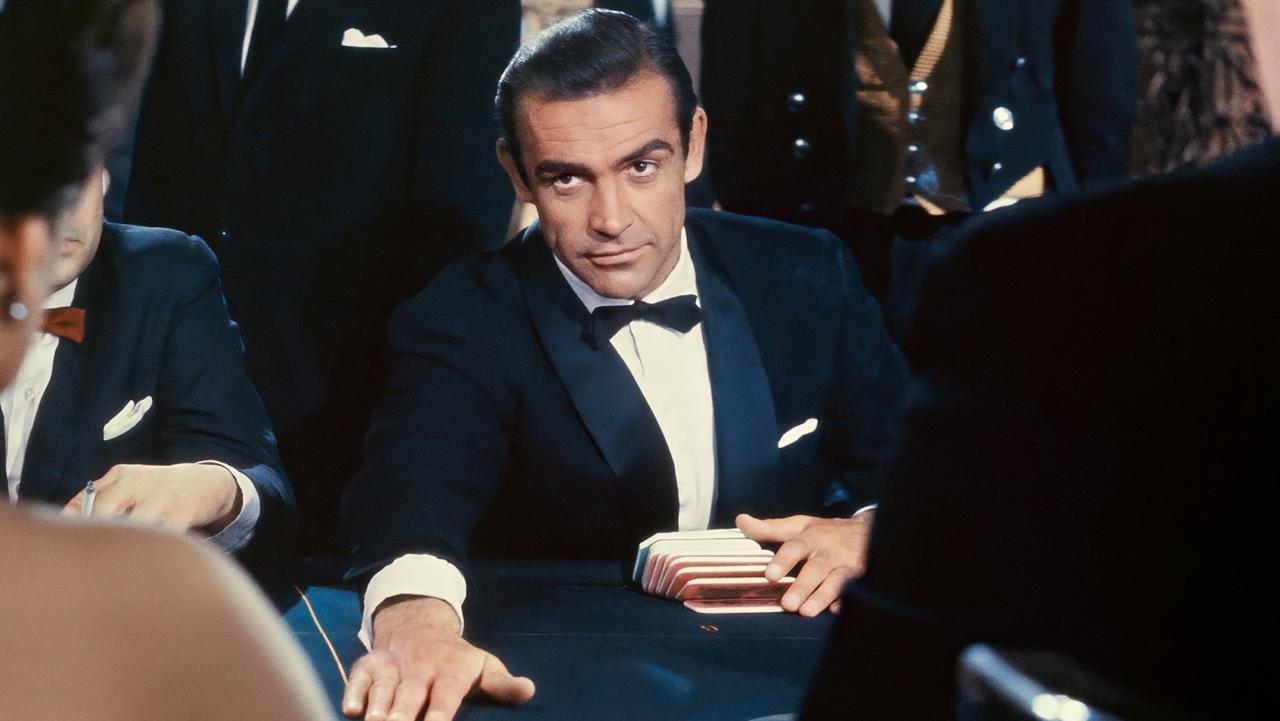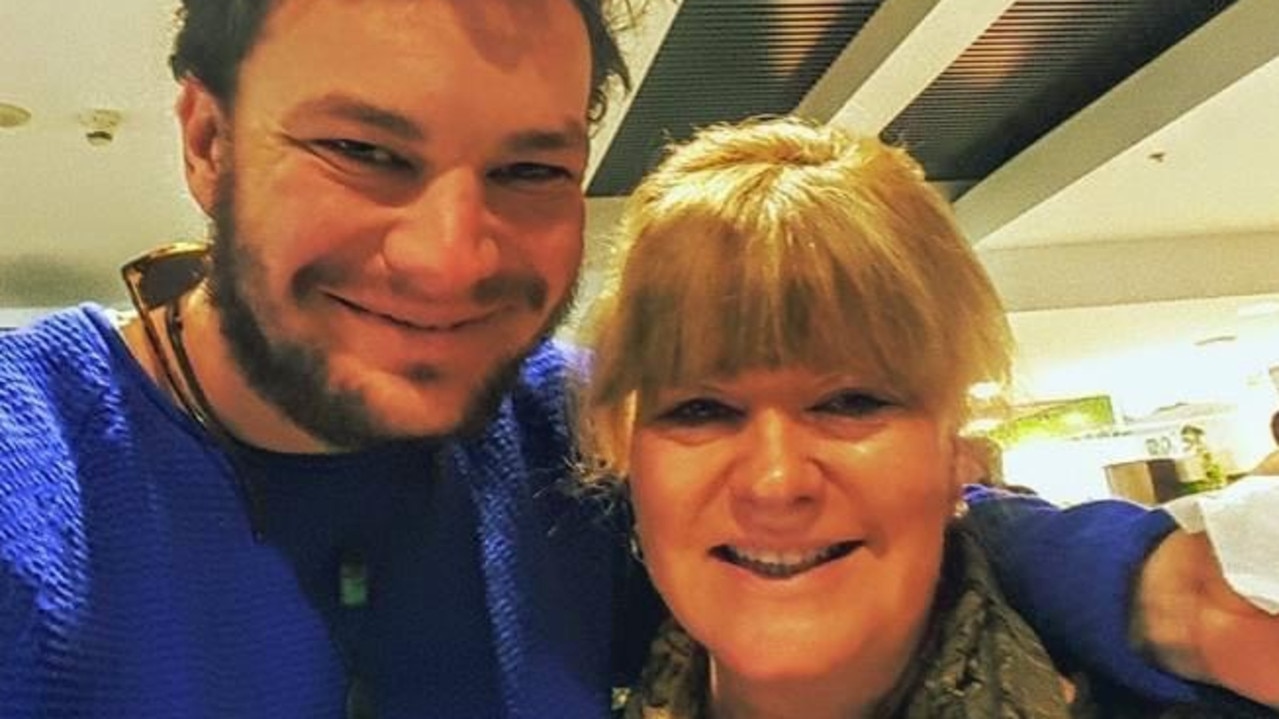‘Brave in all her choices’: Hollywood intimacy coordinator reveals which celeb is taking risks
Ita O’Brien is a leading Hollywood intimacy expert, coordinating sex scenes on the world’s most popular TV shows. In a new book, she reveals which celebs are taking risks on and off set.
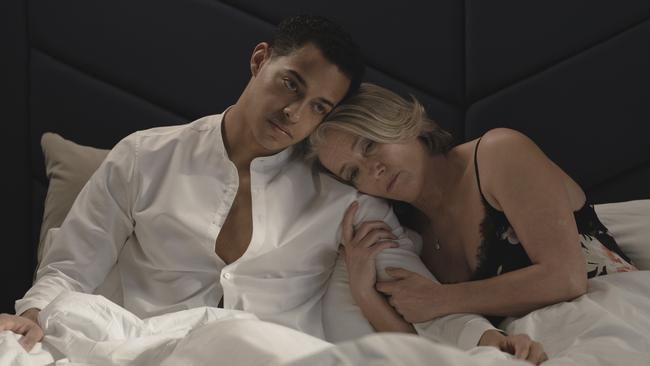
SA Weekend
Don't miss out on the headlines from SA Weekend. Followed categories will be added to My News.
One of the biggest barriers we experience in trying to open ourselves to intimacy lies in how we see ourselves, and the relationship we have with our bodies.
In February 2022, Emma Thompson was sitting in front of a room full of journalists at the Berlin Film Festival when she was asked about a key scene in the film Good Luck to You, Leo Grande. In the scene, Thompson’s character, Nancy, stands, unmoving, in front of a mirror and looks at her naked body.
With startling frankness, Thompson spoke to the journalists about the challenge of delivering an “untreated body” in a film.
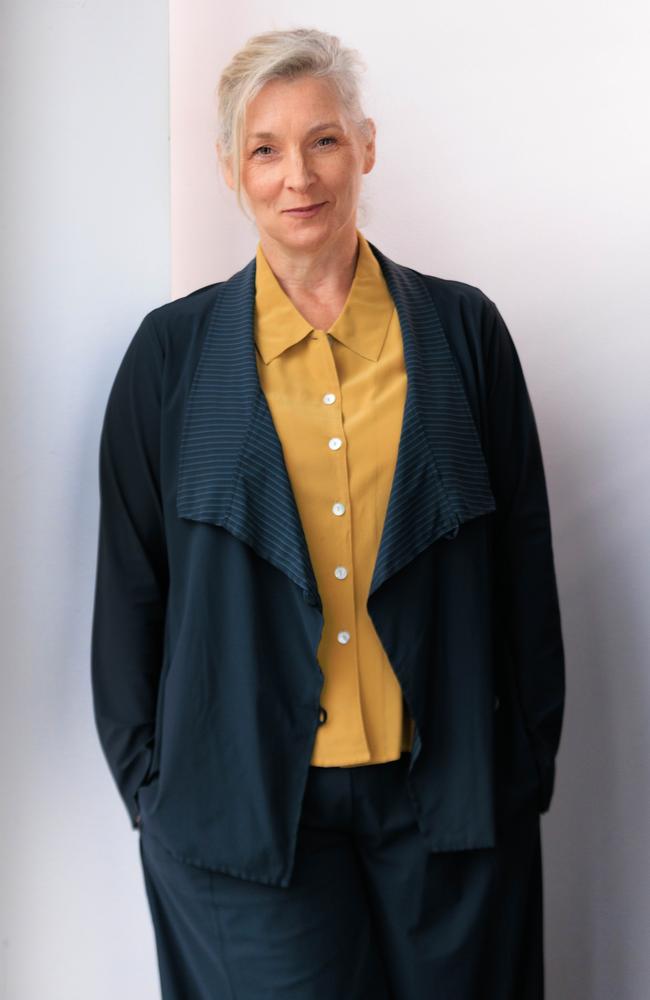
“It was hard … We’re only used to seeing bodies that have, you know, been trained … I knew that Nancy wouldn’t go to the gym. She would have a normal body of a 62-year-old woman who’s had two children. I can’t stand in front of a mirror like that. If I stand in front of a mirror, I’ll always pull something in … I can’t just stand there. Why would I do that? It’s horrifying. But that’s the problem, isn’t it?
“Women have been brainwashed all our lives. That’s the fact of it. And everything that surrounds us reminds us how imperfect we are and how everything is wrong.”
Thompson absolutely puts her finger on something that affects most women – and an increasing number of men.
So many of us are unhappy with our bodies, seeing only our faults and imperfections, feeling a kind of embarrassment that we don’t look as we dream of looking.
In another interview with Harper’s, she said something slightly different.
“I don’t think mirrors are the best invention. They’re hard, shiny surfaces reflecting a hard, shiny version of the self, and actually they are very good things to cover up from time to time and forget about so that you can re-enter your body and be inside it.
“We talk about the male gaze and the female gaze and objectification, but we objectify ourselves every time we look in a mirror.”
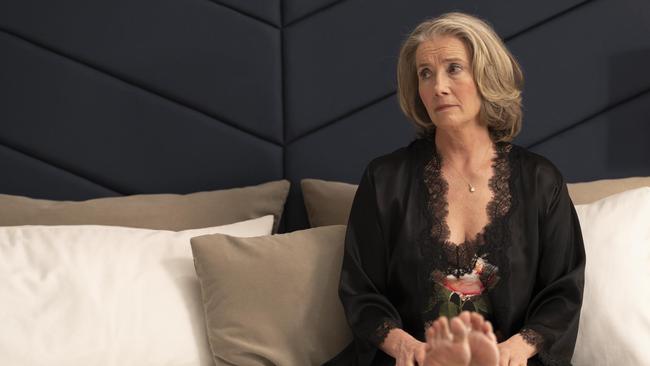
The danger is that those reflecting surfaces do not always represent the truth of who you are, how you feel.
That “hard shininess” Thompson references acts as a barrier to intimacy. If you’re worried about pulling in your stomach all the time, it is hard to relax into a relationship. If you’re concerned that your mascara will smudge, it is difficult to feel and to be passionate.
Seeing ourselves truthfully, finding a real connection with our bodies, is made all the more difficult by the images we see around us.
The pictures on our screens – on our phones, in the cinemas, on our TVs – are working as distorting mirrors, showing us false pictures, reflecting not reality but images of unbelievable and unattainable perfection.
I sometimes think about the moment in the Richard Curtis film Notting Hill where Julia Roberts’ character, Anna Scott, is talking about her life as a film star. She says, “I’ve been on a diet every day since I was 19, which basically means I’ve been hungry for a decade … and it’s taken two rather painful operations to get me looking like this … And, one day not long from now, my looks will go, they will discover I can’t act, and I will become some sad, middle-aged woman who looks a bit like someone who was famous for a while.”
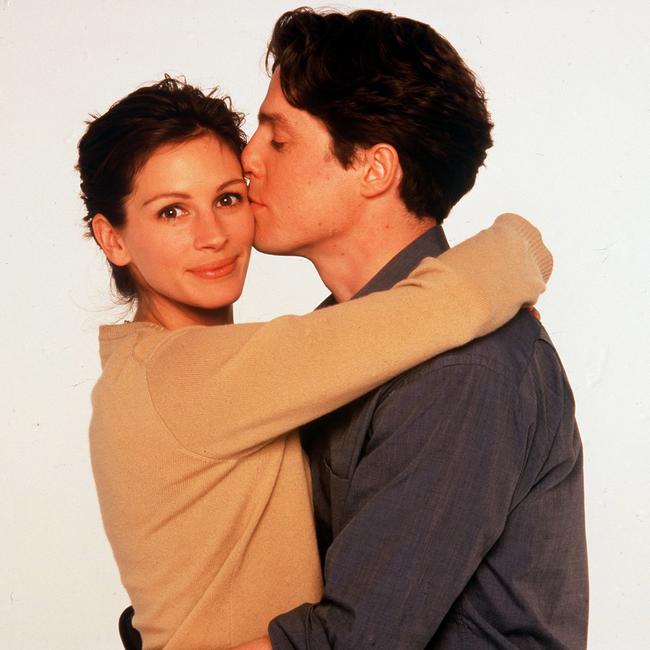
The speech comes in the middle of a funny scene in a romantic comedy when Roberts is grappling with potential boyfriend William (Hugh Grant) over who gets to eat the last chocolate brownie at dinner.
Yet it rings with absolute truth.
Ever since Hollywood began to turn normal women into screen goddesses, the effect has been to create an image of womankind that is not just unreal but almost unattainable.
Down the years, there are countless examples of women who have starved and carved themselves into an ideal – often dictated by a man – which has then been held up for other women to follow.
Marlene Dietrich is believed to have had teeth removed to give her cheekbones the required shape; Jean Harlow lost her hair thanks to dyeing it with peroxide.
In more modern times, many stars openly admit to using Botox, fillers and other artificial aids to preserve their looks. Still more don’t acknowledge the work they are having done to keep up appearances. Exactly what we value in beauty changes over time, but the Hollywood dream factory always exerts its hold in Western culture, whether it is the thin body of the flappers, or the wasp waists of the ’30s, or the more muscular bodies that became popular in the ’80s and ’90s.

When I was starting out as a dancer in the 1970s, the group in vogue were Pan’s People; by the time I had left dancing, their lithe bodies had been replaced by the more athletic and more overtly sexy Hot Gossip as the appeal of the gym, advertised by stars such as Jane Fonda, began to exert its hold.
The cult of extreme thinness rarely goes away. When people meet actors in the flesh, they are always surprised by how tiny they are. The well-known adage that the camera adds a dress size means even women who look relatively average on screen are often only size 10 or below. Of course, for all its occasional attempts to celebrate plus-size bodies, most of the fashion industry promotes clothes that fetishise the skinny.
I worked with Florence Pugh on We Live in Time and was struck by her energy and the robustness in her body. She is brave in all her choices and has spoken brilliantly about her refusal to be defined by other people’s expectations of how women should look.
She told ELLE magazine in an interview with Jodie Turner-Smith in August 2023: “I speak the way I do about my body because I am not trying to hide the cellulite on my thigh or the squidge in between my arm and my boob: I would much rather lay it all out. I think the scariest thing for me are the instances where people have been upset that I’ve shown ‘too much of myself” – for example, when she chose a see-through pink Valentino dress.

“It’s the freedom that people are scared of; the fact I’m comfortable and happy. Keeping women down by commenting on their bodies has worked for a very long time. I think we’re in this swing now where lots of people are saying, ‘I don’t give a shit.’ Unfortunately, we’ve become so terrified of the human body that we can’t even look at my two little cute nipples behind fabric in a way that isn’t sexual. We need to keep reminding everybody that there is more than one reason for women’s bodies to exist.”
Amen to that. Lithe, healthy bodies are to be celebrated, as are revealing, beautiful frocks.
When we worked together, Pugh shaved her head to play a woman undergoing cancer treatment. She is utterly fearless and without vanity.
“Whenever I’ve not needed to be glam or have a full face of make-up, I fight to keep it that way. It helps the audience,” she said.
And I entirely agree. On the red carpet, she is consciously sculpting a positive depiction of how she presents herself. Rather than being dictated to, she makes choices using colour and a sense of fun that give her an embodied power.
She is deliberately challenging what Emma Thompson so eloquently describes – the way we are brainwashed into accepting just one kind of beauty – effectively we are being made culturally dysmorphic by the images we see.
More Coverage
Originally published as ‘Brave in all her choices’: Hollywood intimacy coordinator reveals which celeb is taking risks



